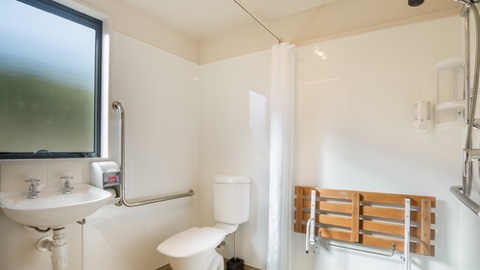
The Internet of Things can contribute to the independence of the elderly by prioritizing safety and comfort within the home. In the smart home, data collected from IoT devices can track an individual’s daily routine, picking up inconsistencies and alerting emergency services if necessary. Routines such as water and electricity usage, movement around the home, and house temperature are all indicators of activity.
A project in the Swedish city of Västerås evaluates new technology that can improve the quality of care for the elderly not just in Sweden but also in the other Nordic countries. The goal is to test two new products per year and so far everything from safety alarms with sensor to communications tools and cell phone applications to help family members coordinate care for older relatives have been implemented. A unique product was recently tested – the LEA Care Robot – a smart walker equipped with sensors to detect obstacles, the ability to come when you call for it, and a built in computer tablet. It can be used as a training device during physical rehabilitation and has emergency detection and alarm functions.
“Why should we have a trained nurse or assistant nurse buy groceries or do a quick welfare check in the middle of the night when we could use technology instead,” says Susanne Rolfner Suvanto, a government special investigator.
There are currently around 50 million Americans over the age of 65. A trillion dollars are spent on healthcare for American seniors every year. And more and more technology users are entering the age when they are responsible for caring for both their children and their parents, while also meeting the demands of careers. It stands to reason that they will look for solutions that offer convenience, having spent their adult lives being connected.


